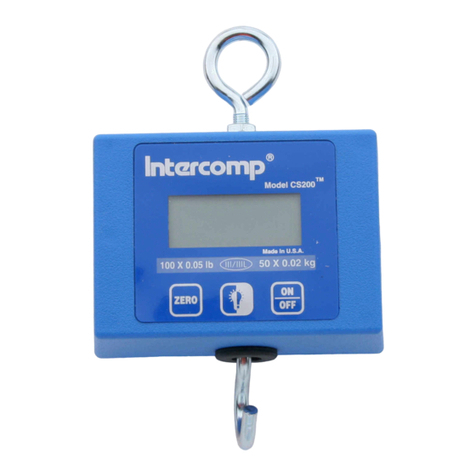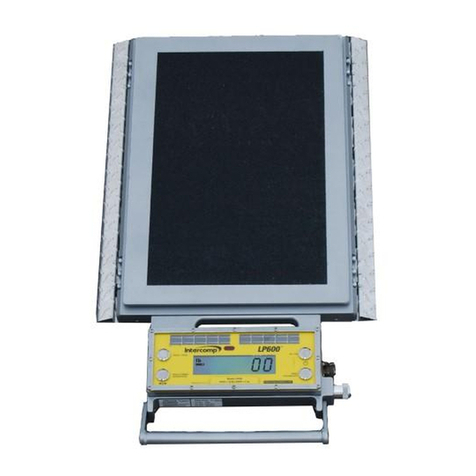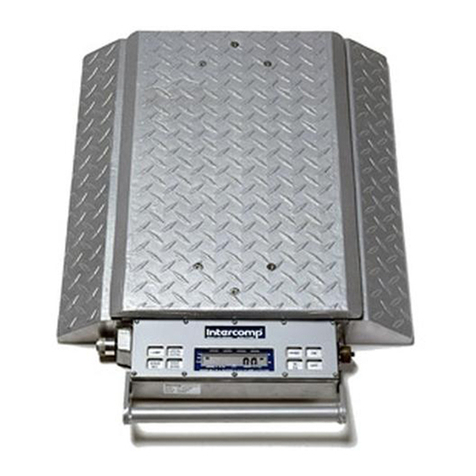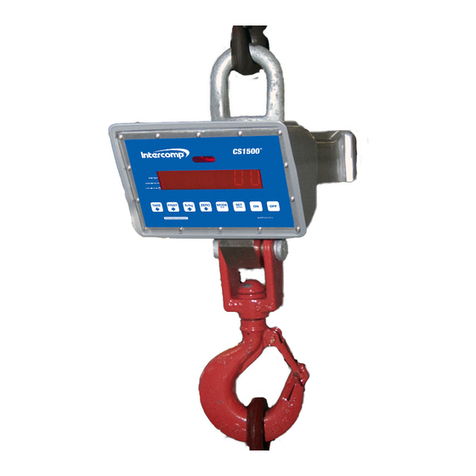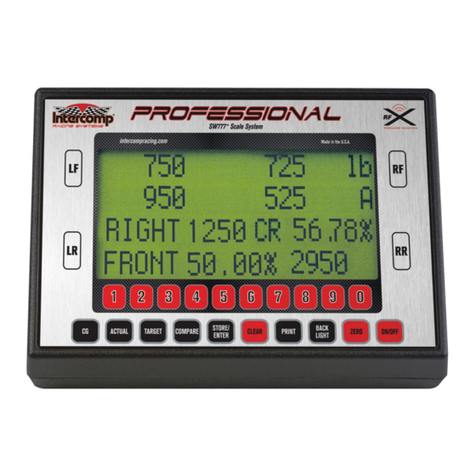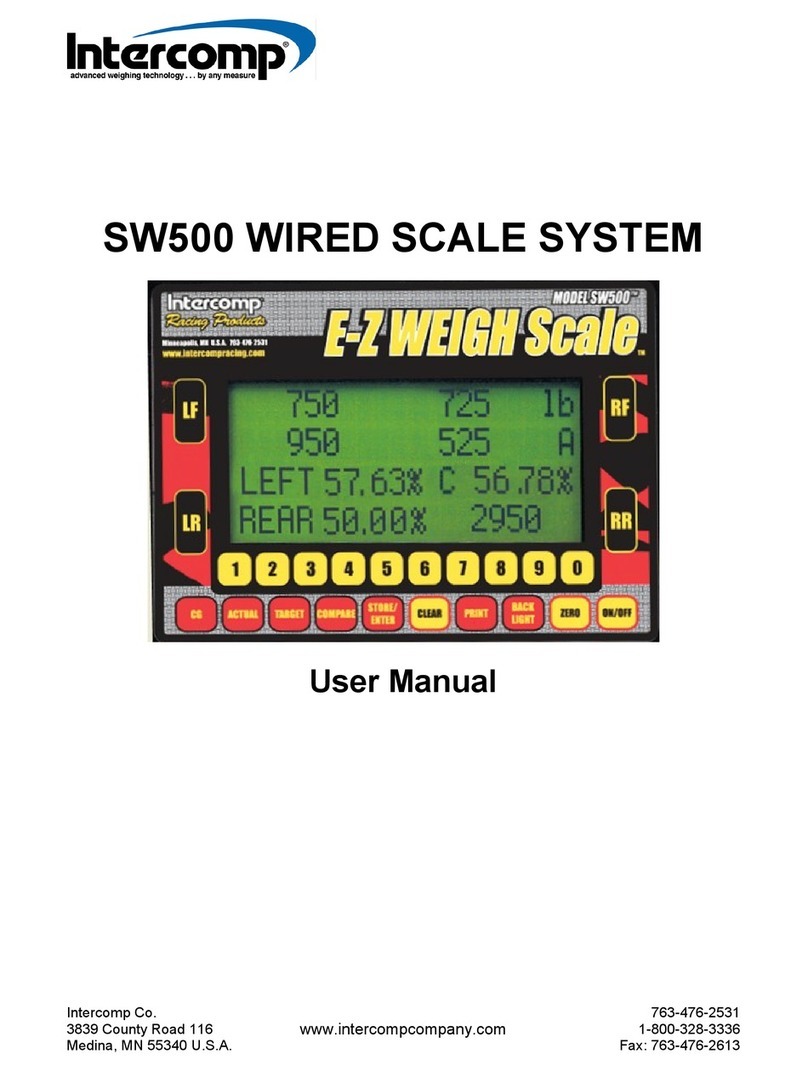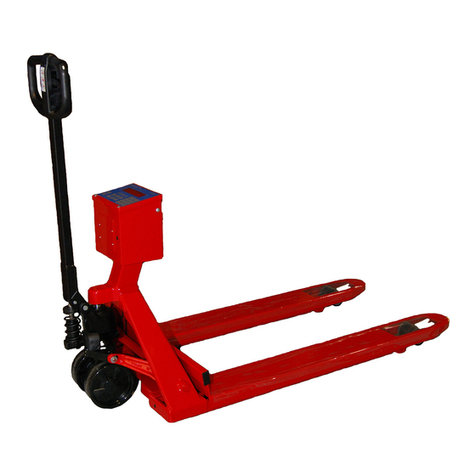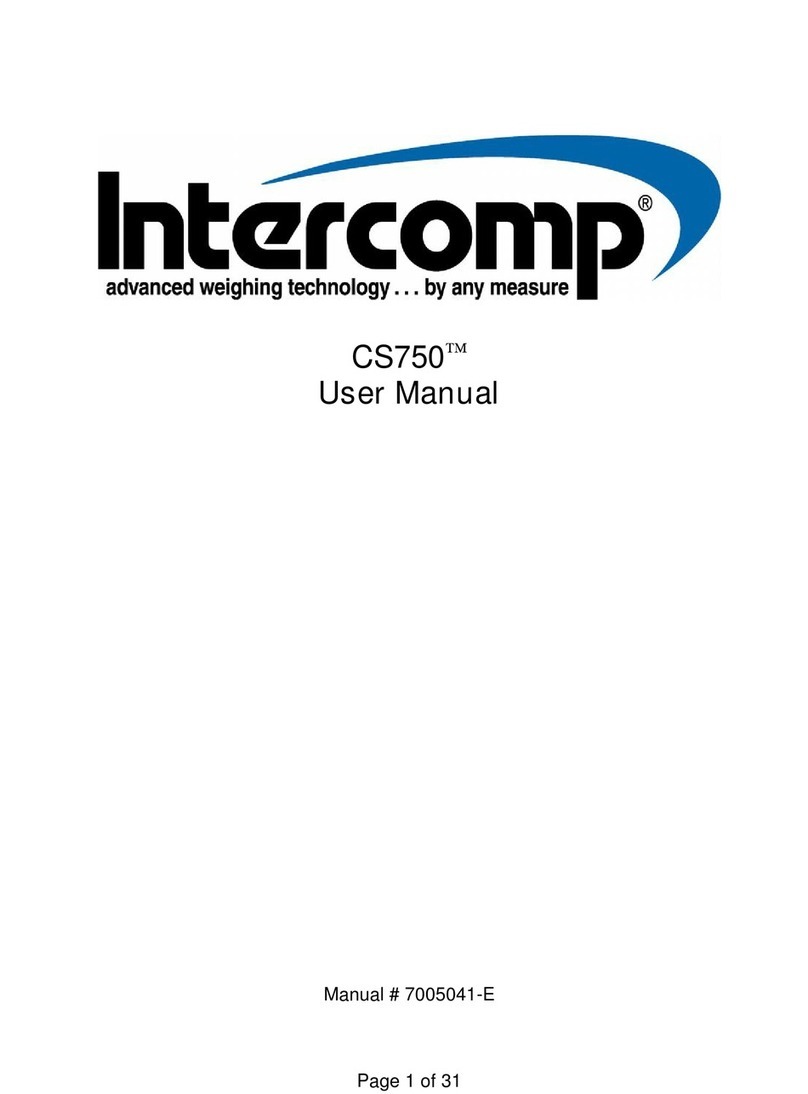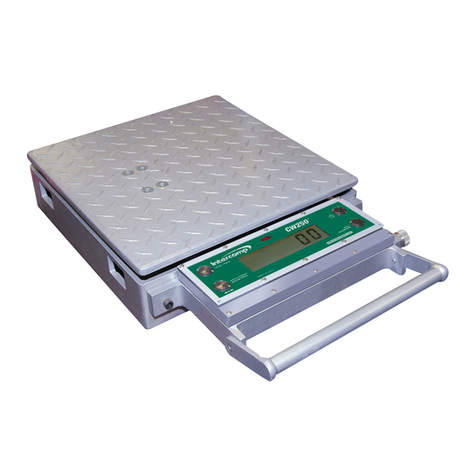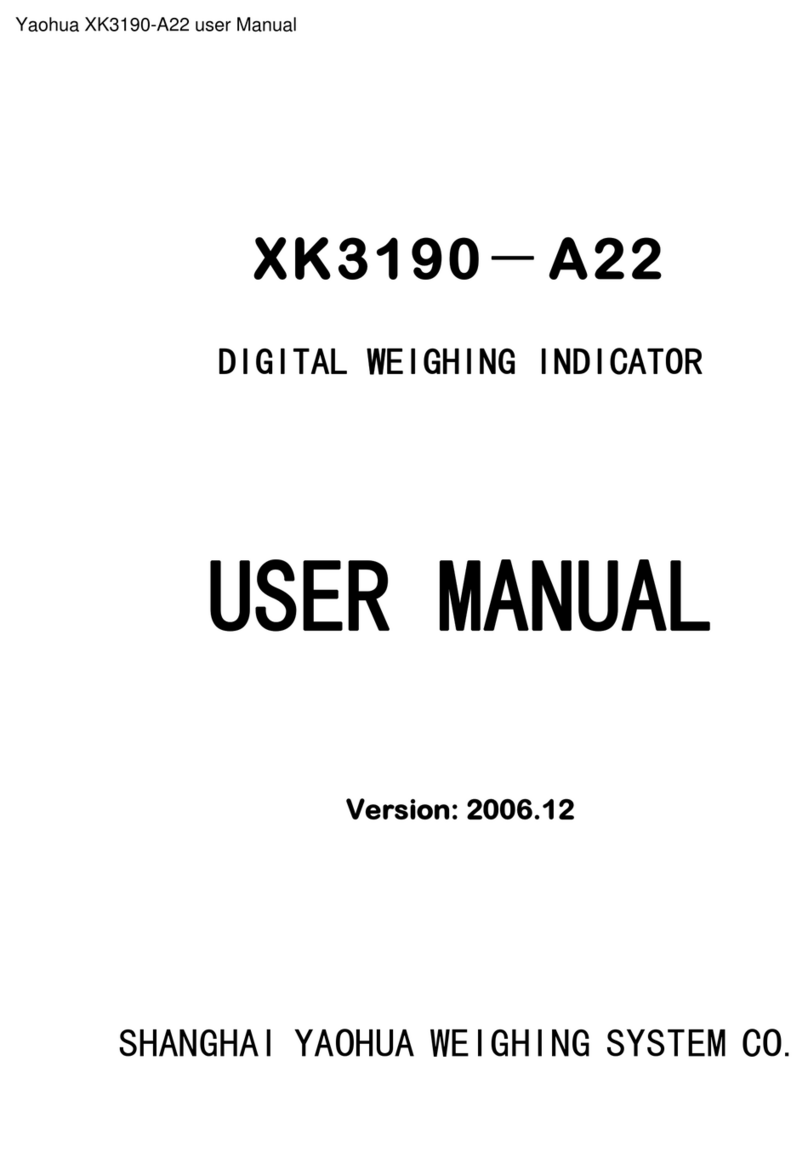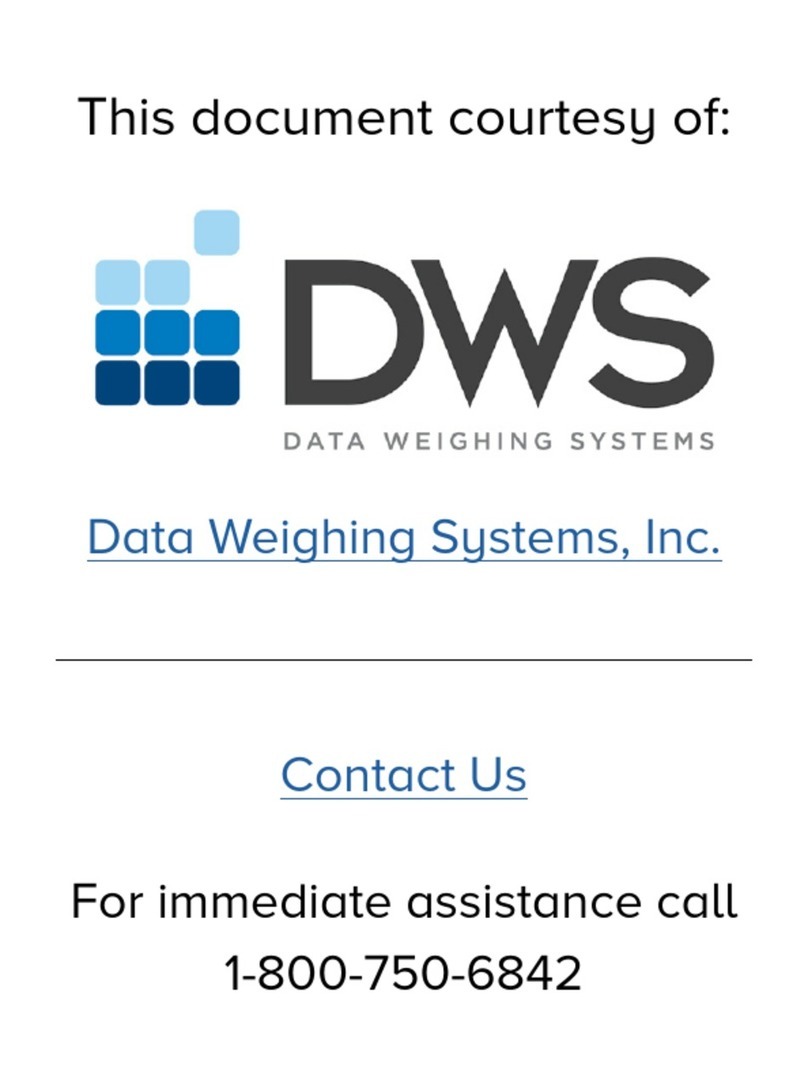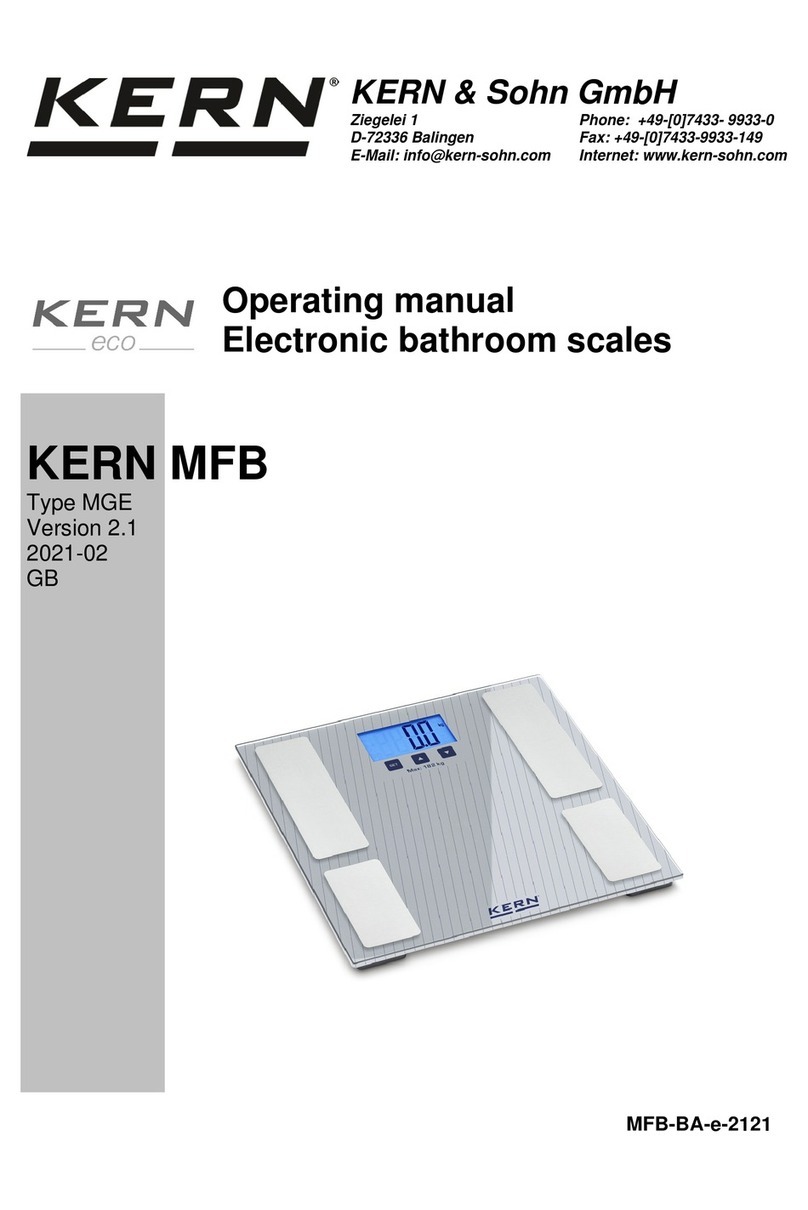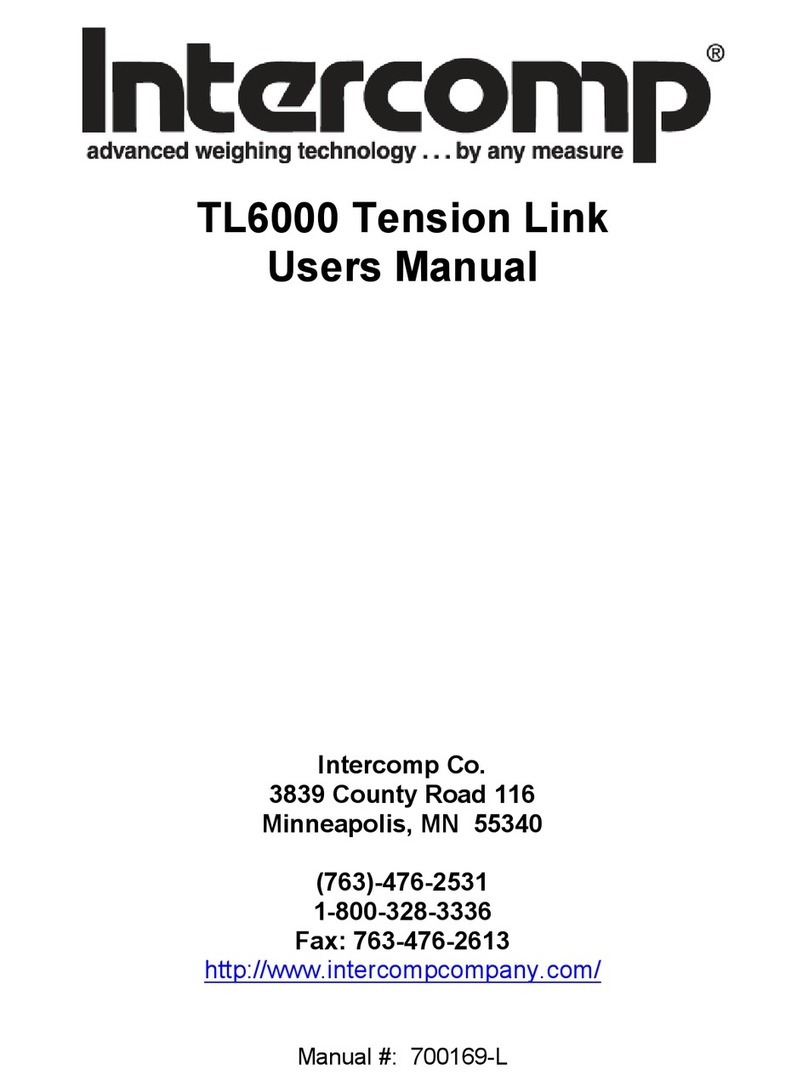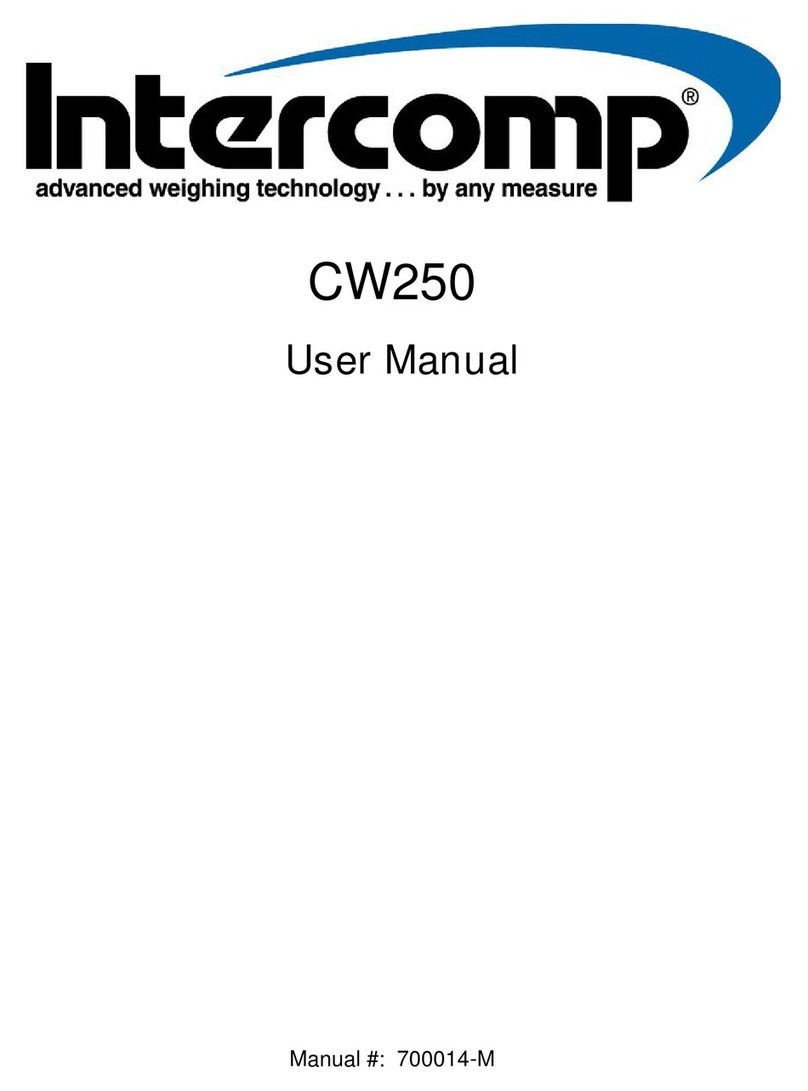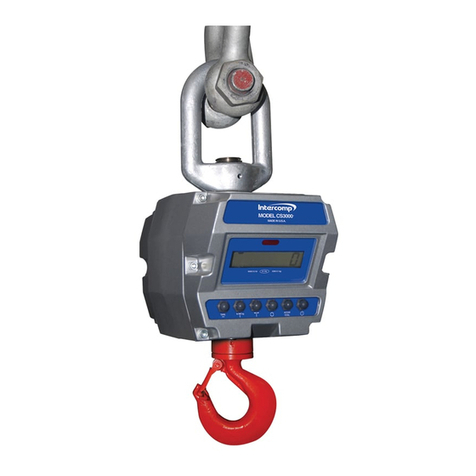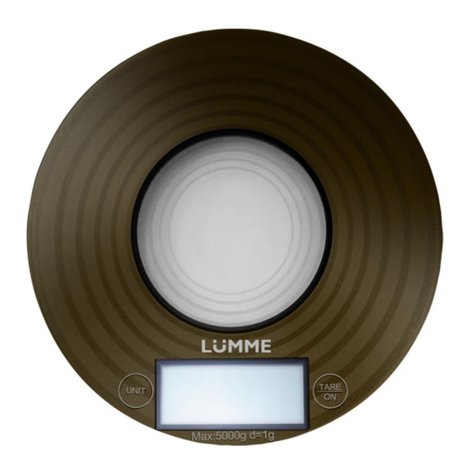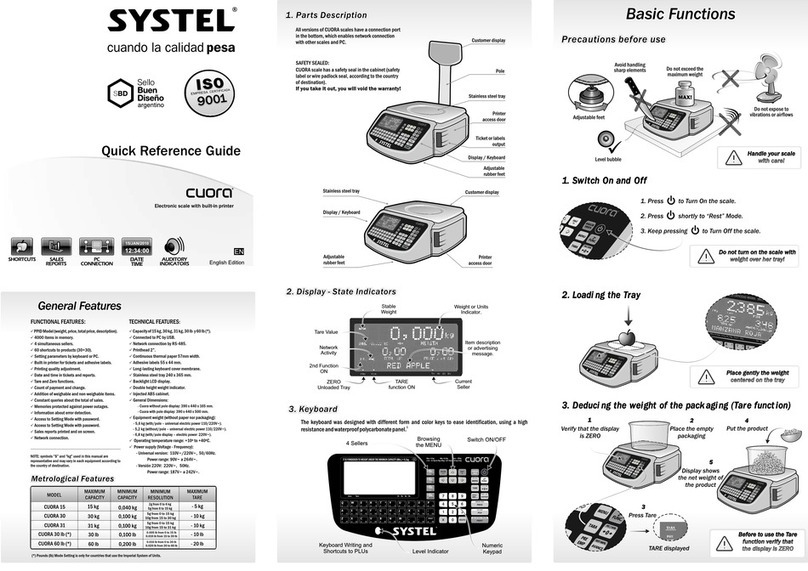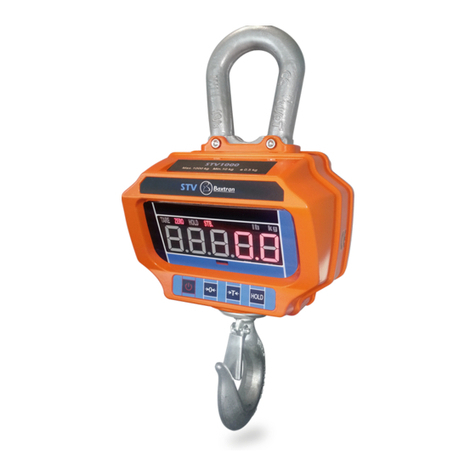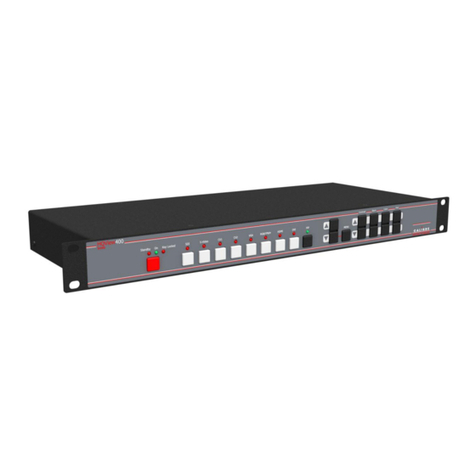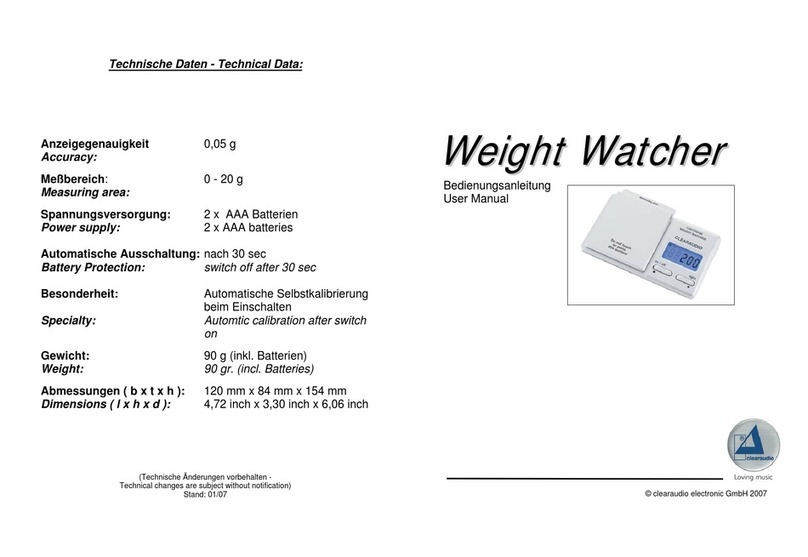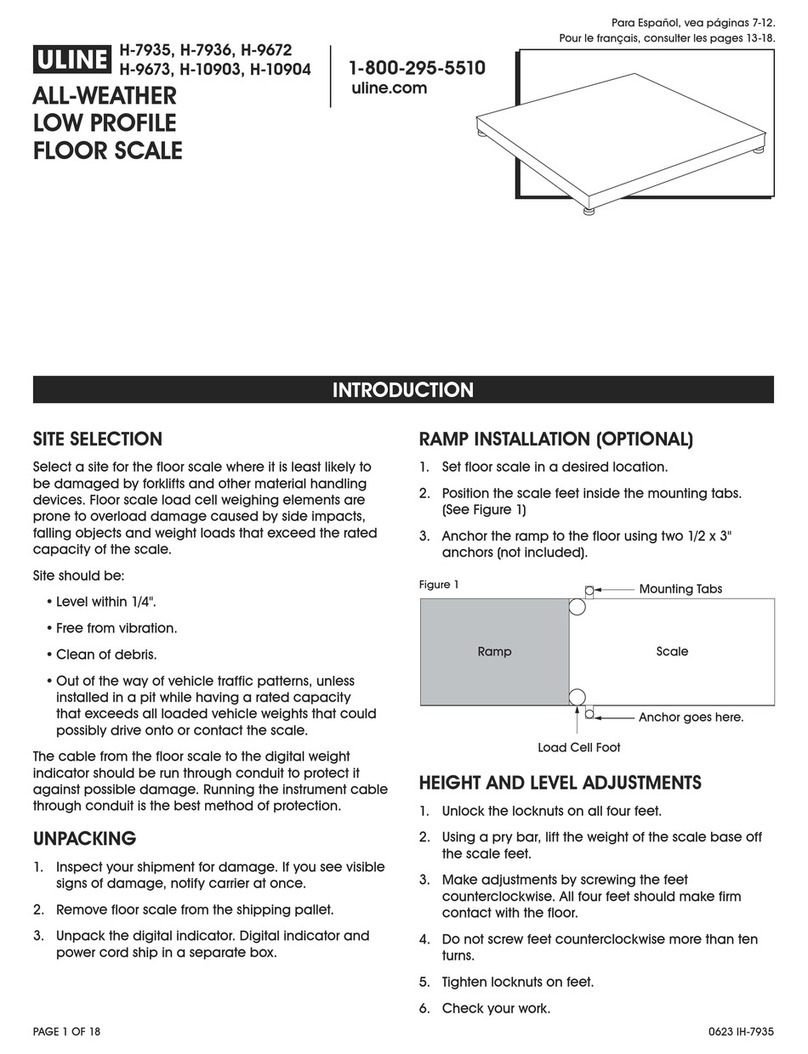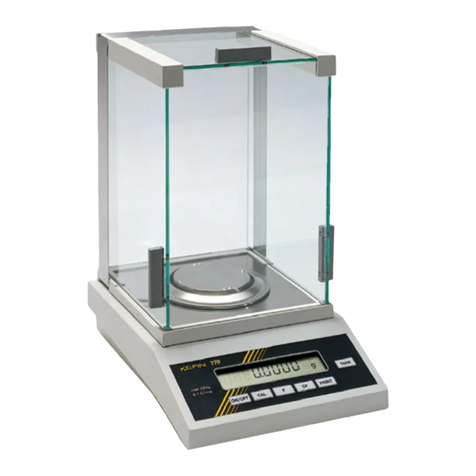
CS750, sers
Rev S, June 2010
Page 2 of 27
Table of Contents
INTRODUCTION .......................................................................................................................................................3
SPECIFICATIONS .........................................................................................................................................................3
Controls................................................................................................................................................................3
Electrical..............................................................................................................................................................3
Performance.........................................................................................................................................................3
Environmental......................................................................................................................................................3
Physical................................................................................................................................................................3
WEIGHTS AND MEASURES .........................................................................................................................................4
OPTIONAL EUIPMENT...............................................................................................................................................4
OPERATIONS.............................................................................................................................................................5
OPERATING PRACTICES..............................................................................................................................................5
DISPLAY ....................................................................................................................................................................6
CONTROLS .................................................................................................................................................................6
ON........................................................................................................................................................................7
OFF......................................................................................................................................................................7
ZERO....................................................................................................................................................................7
BACK L GHT.......................................................................................................................................................7
Hidden key ...........................................................................................................................................................7
REMOTE CONTROL ....................................................................................................................................................8
OPERATION................................................................................................................................................................9
Use .......................................................................................................................................................................9
Periodic Maintenance ..........................................................................................................................................9
POWER/BATTERIES ....................................................................................................................................................9
Replacement.........................................................................................................................................................9
Rechargeable (Ni-cad).........................................................................................................................................9
MAINTENANCE.......................................................................................................................................................10
PERIODIC INSPECTION..............................................................................................................................................10
Service Categories .............................................................................................................................................10
nspection Requirements ....................................................................................................................................10
Removal from Service Criteria...........................................................................................................................11
CALIBRATION...........................................................................................................................................................12
How to test the calibration.................................................................................................................................12
Calibration switch..............................................................................................................................................13
Enabling the Calibration switch ........................................................................................................................13
How to calibrate the scale..................................................................................................................................13
Weight calibration..............................................................................................................................................18
LEGAL-FOR-TRADE SEALING ...................................................................................................................................18
TROUBLESHOOTING ............................................................................................................................................19
ERROR MESSAGES ................................................................................................................................................21
PARTS AND ACCESSORIES..................................................................................................................................22
PARTS LIST ..............................................................................................................................................................23
SERIAL OUTPUT (OPTIONAL) ............................................................................................................................24
HOW TO REACH INTERCOMP SERVICE.........................................................................................................27




















